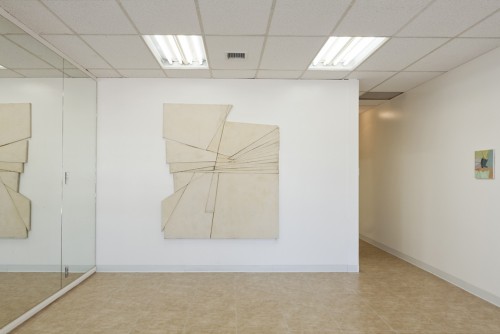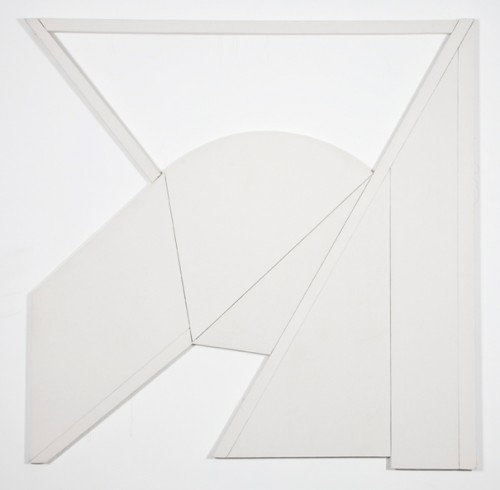“She creates her own special environment, and it’s not meant to be imitated,” wrote Bill Cunningham for the New York Times in 1994. He was writing about Anna Piaggi, the writer and fashion icon who died this week at age 81, and no one is better suited than him to do it. Cunningham, who rides his bike around the city and makes those New York Times street fashion slideshows with the catchy intro music, loves the idea that someone would care enough, try hard enough, to look different and interesting for the sake of it. He loves the idea that, by dressing for it, someone can make going out into the world a festive occasion in itself, no destination necessary. And he never over-relies on his savvy, of which, after years documenting fashion, he has enough. He’s just interested in being compelled and compelling.
The Italian Piaggi had savvy too, but, like Cunningham, it interested her only if it could inform her spontaneity and singularity. Her towering hats (“[they] were so tall this season that she watched the collections from backstage to avoid blocking anyone’s view,” Cunningham wrote in ’94), her vintage dresses, opera dresses, etc. “Each morning, from her vast collection of clothes spanning 200 years, she puts the pieces together like a puzzle, creating, for the day, a fresh image.”
Because, each morning, she put together a new puzzle, each outfit of hers was a one-off.
Summer art in L.A., as in any other major city, causes some headaches, especially for people whose job it is to find something interesting to say about it. But if you can soldier through the group shows, you might find those good one-offs, artworks that stand up on their own, despite the lacking context or despite other artworks by other artists crowding in on them.
When I saw Wyatt Kahn’s painting in June at Rockoon, a space temporarily above Mashti Malone’s ice cream shop in a strip mall on La Brea, I didn’t want to think about it in any way in particular. I just knew I would remember. Kahn, a 2012 grad from Hunter’s MFA program, had cobbled together awkwardly-shaped canvases, rust and rabbit skin glue worked into the surface, making it look old when it wasn’t.
Then just over a month later, I saw another Kahn canvas in a show curated by Kim Light at Michael Kohn Gallery on Beverly Boulevard. This time, the canvases, stretched over MDF, were whiter and sparer. More or less straight edges defined the top and right sides, but all the other pieces were angled parallelograms that leaned left, making the painting (or sculpture may be the better noun) look like it wanted to sashay away.
Djordje Ozbolt, who has work in Cherry and Martin’s summer show “Bush of Ghosts,” does not always use conventionally shaped canvases either. His painting Don’t Look Back (George Washington) is on a small round board. It is all blue, the kind of blue the ocean is in particularly picturesque photographs of Hawaii, and a face emerges from it, its contours suggested with light, loose marks. But its eyes have been painted pure white, with dark irises and heavy eyebrows that look furrowed. Then a thin rectangular lattice of white right where his mouth would be makes this ghostly blue figure look nervous, like he’s gritting his teeth. It’s the sort of work of art you still see when you close your eyes, even hours, or days, after you’ve left the gallery.

Djordje Ozbolt. "Don't Look Back (George Washington)," 2010. Acrylic on board. Courtesy Cherry and Martin.
At one point when she was in her 70s, Anna Piaggi had a shock of her hair died the same shade of blue Ozbolt used in his painting (Piaggi made blue hair famous before Katy Perry did, says one obituary). Sometimes all you need is a memorable gesture or two–one color plus a dash of pearly white, one weird geometric amalgam–and you’ve made yourself unforgettable. “It is like the word ‘algebra,'” Piaggi told Paper Magazine in 1998. “It goes really by reduction and deduction. . . . very much by intuition. I’ve been dressing for so many years and I know myself.”







Pingback: Looking at Los Angeles | Mash Up: Collage from 1930 to the present at L & M Arts | Art21 Blog
Pingback: Looking at Los Angeles | Mash Up: Collage from 1930 to the present at L & M Arts | Uber Patrol - The Definitive Cool Guide